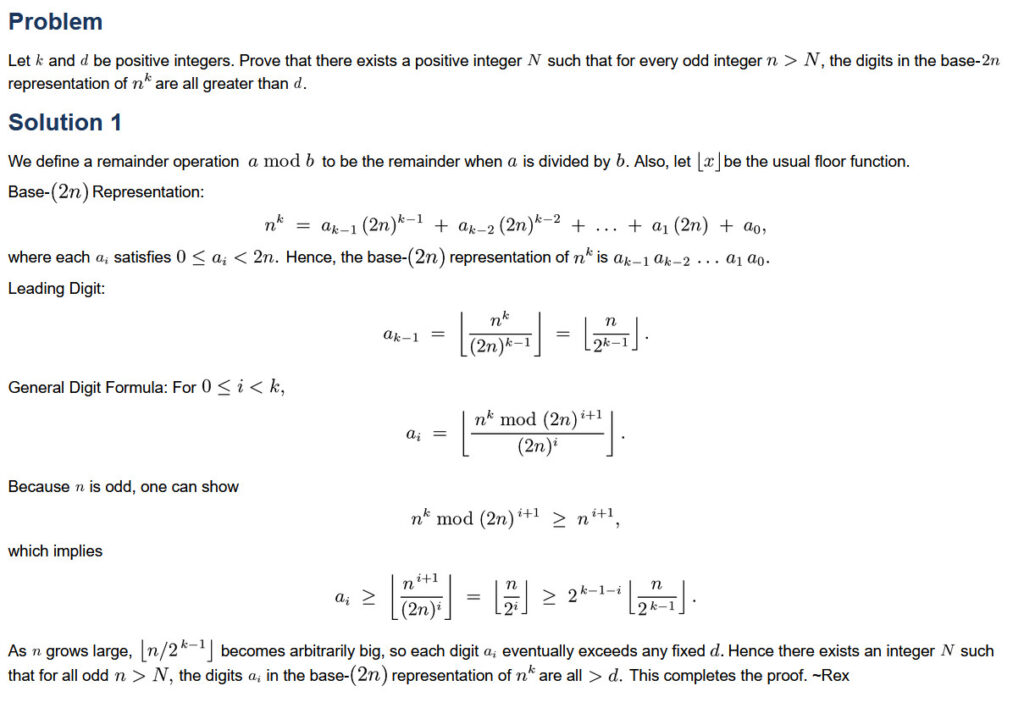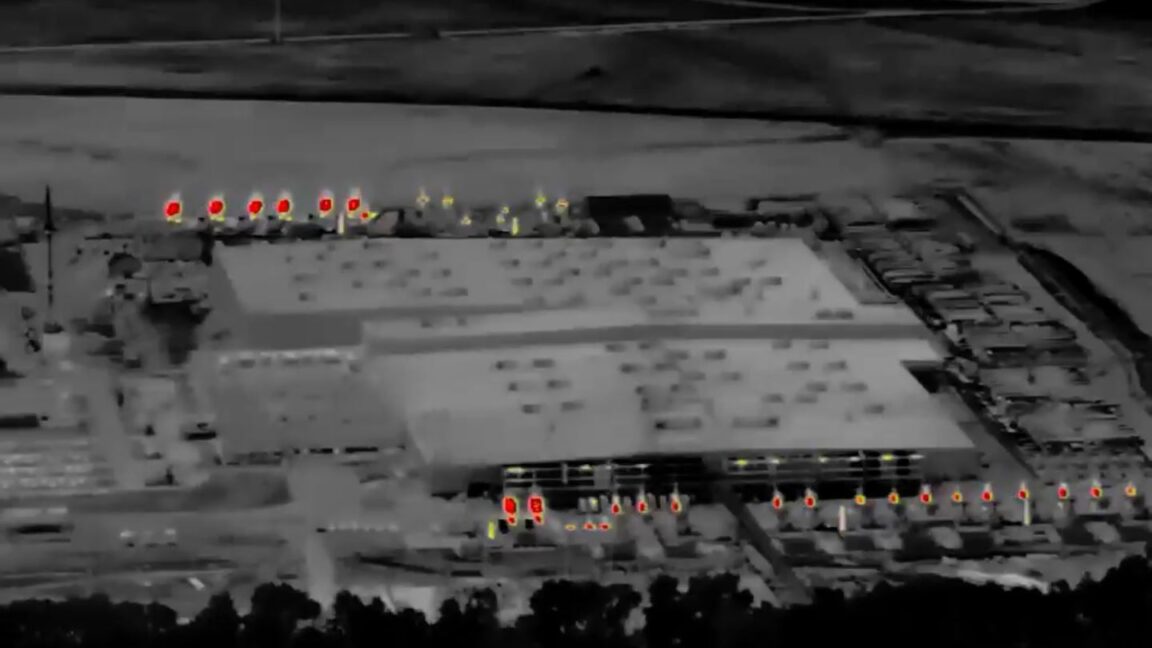
Back from the brink...
The Alameda, California-based company, which was delisted from Nasdaq in June 2024 after its shares collapsed, is now targeting the first test flight of Rocket 4 in 2026.
Astra's arrangement with the Defense Innovation Unit includes two milestones: one suborbital (point-to-point) and the other orbital, with the option to launch from a location outside the United States, as Astra is developing a mobile launcher.
Chris Kemp, Astra's co-founder and CEO, told Space News the orbital launch will likely originate from Australia.
Astra's first launches with the new-retired Rocket 3 vehicle were based in Alaska and Florida.The easiest way to keep up with Eric Berger's and Stephen Clark's reporting on all things space is to sign up for our newsletter.
We'll collect their stories and deliver them straight to your inbox.Sign Me Up!The Army has a catchy name for its newest weapon.
The Long Range Hypersonic Weapon has a new name: Dark Eagle.
The US Army announced the popular name for the service's quick strike missile this week.
"Part of the name pays tribute to the eaglea master hunter known for its speed, stealth, and agilitydue to the LRHW's combination of velocity, accuracy, maneuverability, survivability, and versatility," the Army said in a press release.
"In addition, the bald eagleour national birdrepresents independence, strength, and freedom." The Dark Eagle is designed to strike targets with little or no warning via a hypersonic glide vehicle capable of maneuvering in the upper atmosphere after an initial launch with a conventional missile.
The hypersonic weapon's ability to overcome an adversary's air and missile defenses is embodied in the word "dark" in Dark Eagle, the Army said.Flying again soon...
The Army tested the hypersonic weapon's "all-up round" during a missile launch from Cape Canaveral, Florida, in December.
The test was delayed more than a year due to unspecified issues.
The Army appears to be preparing for another Dark Eagle test from Florida's Space Coast as soon as Friday, according to airspace and maritime warning notices in the Atlantic Ocean.
(submitted by EllPeaTea)Northrop's niche with Minotaur.
Ars mentioned in last week's Rocket Report that Northrop Grumman's Minotaur IV rocket launched April 16 with a classified payload for the National Reconnaissance Office.
This was the first Minotaur IV launch in nearly five years and the first orbital Minotaur launch from Vandenberg Space Force Base, California, in 14 years.
The low-volume Minotaur IV uses solid rocket motors from the Air Force's stockpile of retired Peacekeeper ballistic missiles, turning part of a weapon of mass destruction into, in this case, a tool to support the US government's spy satellite agency.
The Minotaur IV's lift capability fits neatly between the capacity of smaller commercial rockets, like Firefly's Alpha or Rocket Lab's Electron, and larger rockets like SpaceX's Falcon 9.
The most recent Minotaur IV launch contract cost the Space Force roughly $30 million, more than a mission with Firefly but less than a dedicated ride on a Falcon 9.b7708743de5a5cab81054232d4ecdabe

 14
14


















